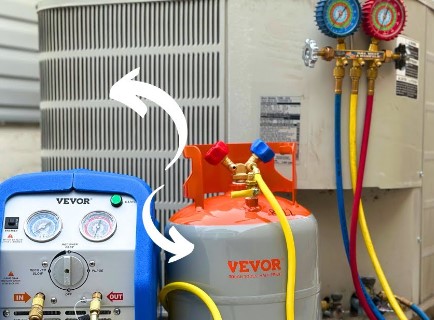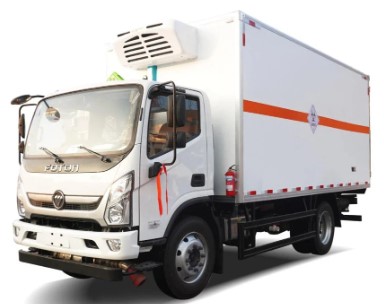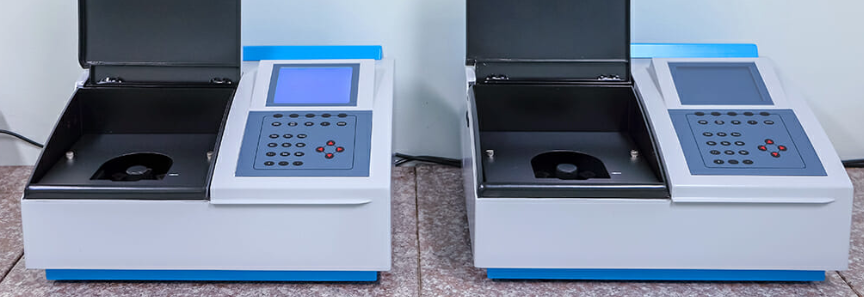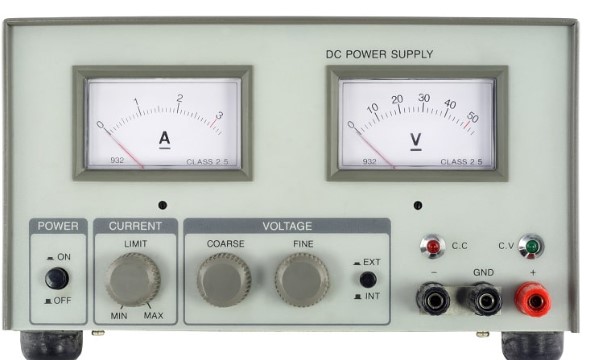
Refrigerant Recovery Units calibration
Understanding Refrigerant Recovery Station
Key Takeaways:
• Refrigerant recovery is a process to protect the environment, recover valuable refrigerants, and ensure efficient HVAC systems.
• Refrigerant recovery station components include cylinders, machines, and hoses for safe extraction of refrigerants.
• Technicians must follow safety protocols and regulations while using tools and techniques tailored to specific HVAC system needs.
Fundamentals of Refrigerant Recovery:
• Refrigerant recovery transfers a system’s refrigerant into a refillable cylinder for repairs or replacement of the air-conditioning system.
• Benefits include minimizing the release of synthetic refrigerants into the atmosphere, providing long-term cost savings, and enhancing the financial performance of industrial refrigeration system operators.
Tools and Equipment Used in Refrigerant Recovery:
• Valve core removal tools to access the refrigerant within the system.
• A refrigerant recovery machine to transfer the liquid refrigerant into a cylinder for storage or recycling.
• The recovery machine also purifies and filters the refrigerant, ensuring its quality and compliance with international standards.
Anatomy of a Refrigerant Recovery Station:
• Components include a recovery cylinder, a recovery machine, a manifold, hoses, and valve core removal tools.
• Hoses connect different components, facilitating the flow of refrigerant during the recovery process.
The Recovery Process Unveiled:
• The recovery process consists of three main steps: preparing the recovery station, executing the recovery phase, and performing post-recovery procedures.
Setting Up a Recovery Station
• Connect hoses, valves, and cylinders.
• Close all valves, including those on the recovery cylinder, recovery machine, manifold, and hoses.
• Assemble the hoses according to the provided diagram.
• Connect the liquid port of a dual valve/port recovery cylinder to the liquid side of the plant.
Safety Measures
• Document the amount and type of refrigerant recovered to adhere to regulations.
• Ensure the recovery equipment, recovery cylinder, and hoses are compatible with the specific refrigerant being recovered.
• Consult with the equipment supplier for further guidance.
Maintenance of Safety
• Accurately calibrate the equipment.
• Check for any possible leaks.
• Adhere to safety protocols.
• Have a backup power source.
• Correctly label and store recovered refrigerant.
Recovery Phase
• Technicians extract refrigerant from the HVAC system using methods such as direct recovery or push/pull.
• The push/pull method connects the liquid port of a dual valve/port recovery cylinder directly to the liquid side of the plant.
• An inline sight glass allows technicians to observe when liquid flow has ceased.
Post-Recovery Procedures
• Purge the recovery cylinder using a scale.
• Cool the recovery cylinder to reduce pressure within the cylinder.
• Use an inline filter for improved sustainability, cost savings, enhanced refrigeration system performance, and alignment with environmental regulations.
Optimizing Recovery Efficiency
• Use appropriate tools like the Inficon Vortex Dual refrigerant recovery machine and compliance management software.
• Temperature and pressure optimization are important factors in enhancing recovery efficiency.




